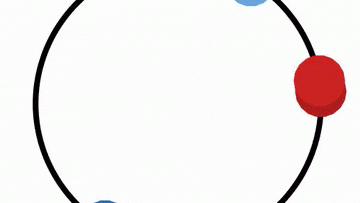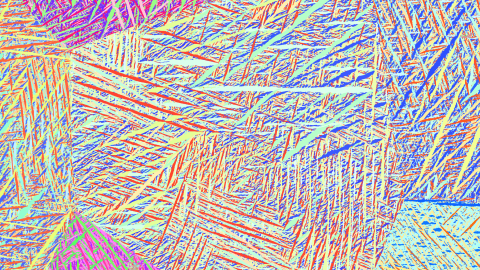12:00
Potentials for A-quasiconvexity
Abstract
Many problems arising in Physics can be posed as minimisation of energy functionals under linear partial differential constraints. For example, a prototypical example in the Calculus of Variations is given by functionals defined on curl-free fields, i.e., gradients. Most work done subject to more general constraints met significant difficulty due to the lack of associated potentials. We show that under the constant rank assumption, which holds true of almost all examples of constraints investigated in connection with lower-semicontinuity, linear constraints admit a potential in frequency space. As a consequence, the notion of A-quasiconvexity, which involves testing with periodic fields leading to difficulties in establishing sufficiency for weak sequential lower semi-continuity, can be tested against compactly supported fields. We will indicate how this can simplify the general framework.




